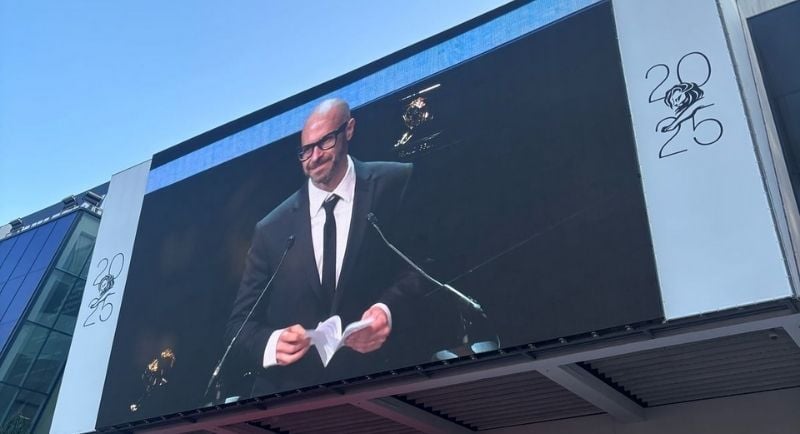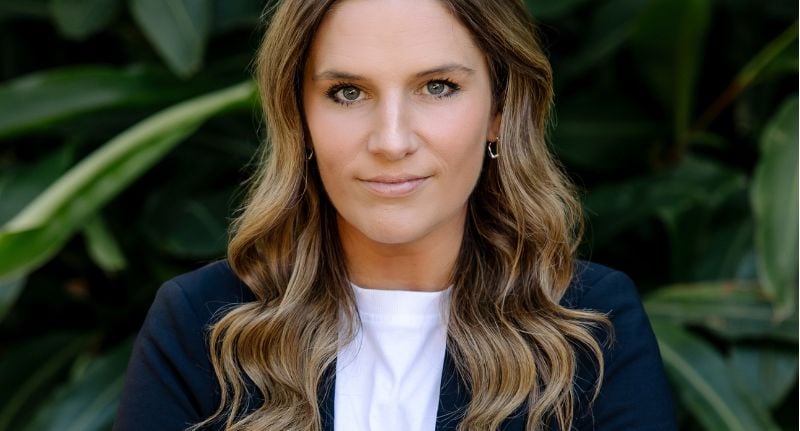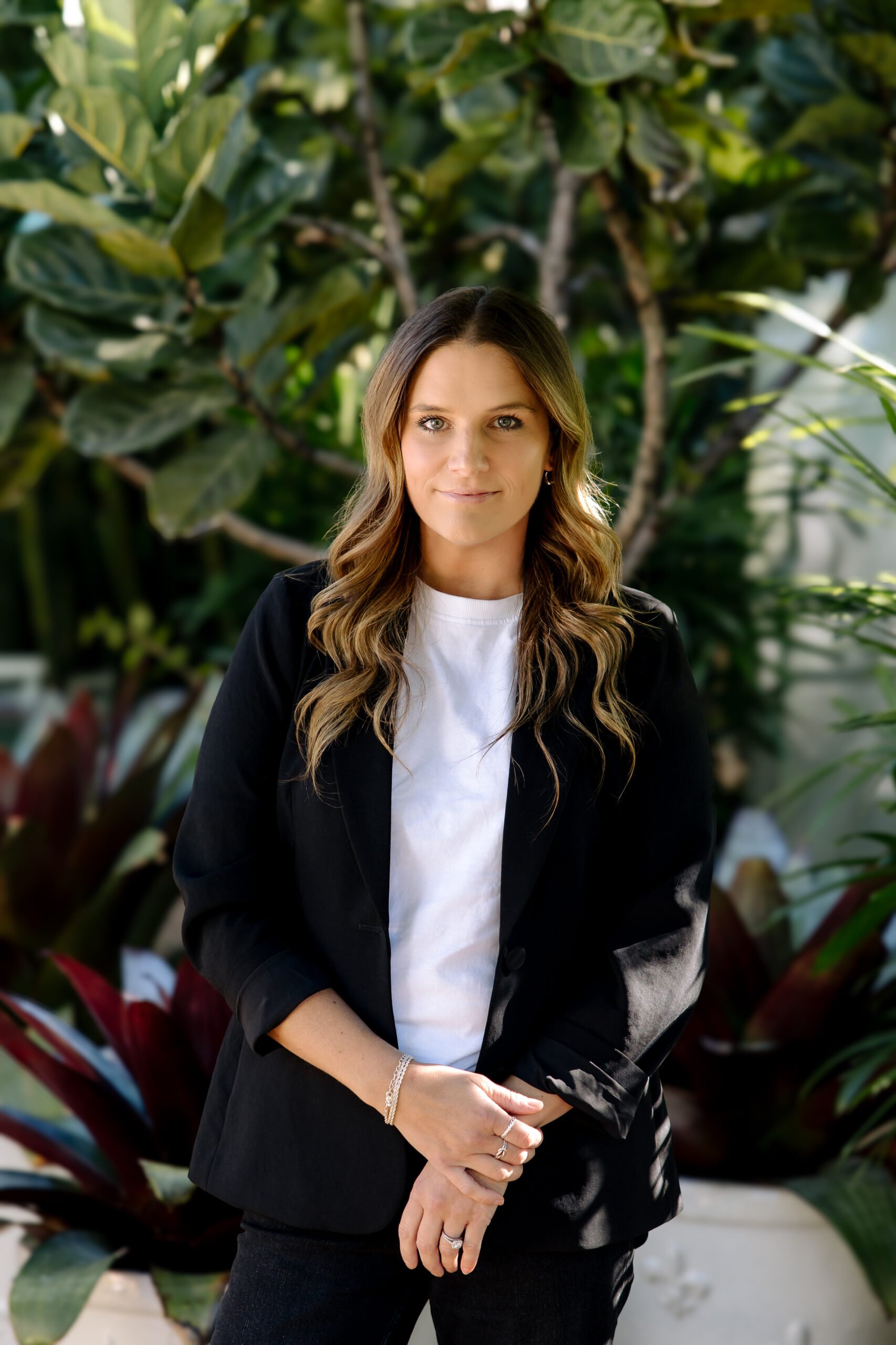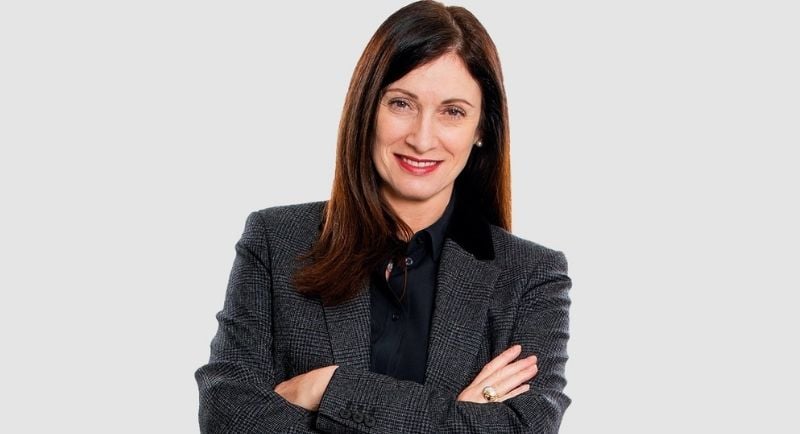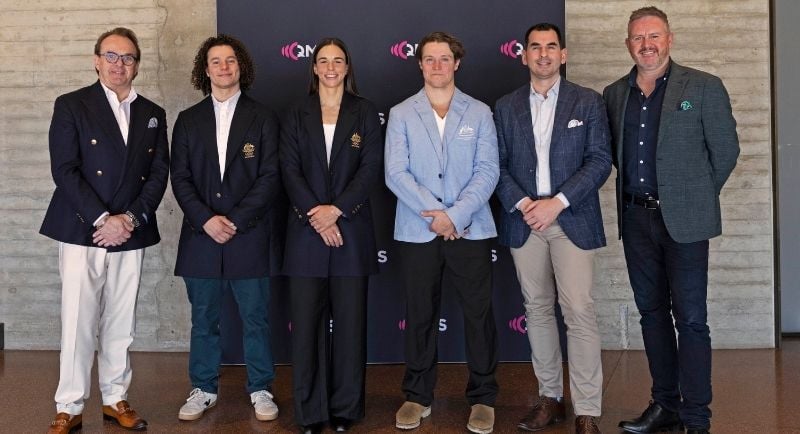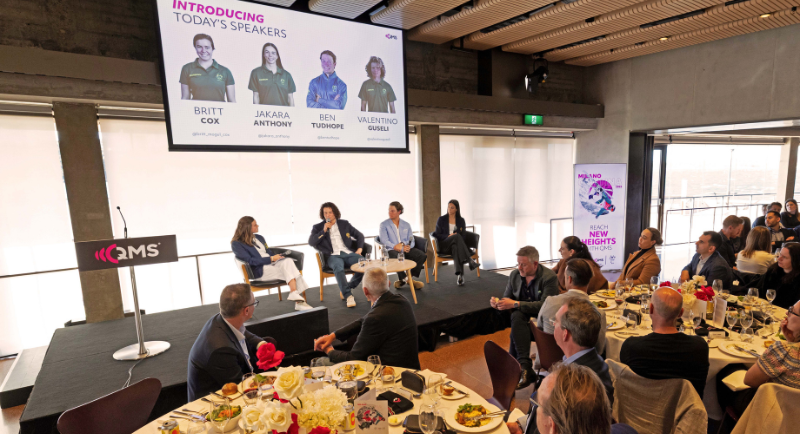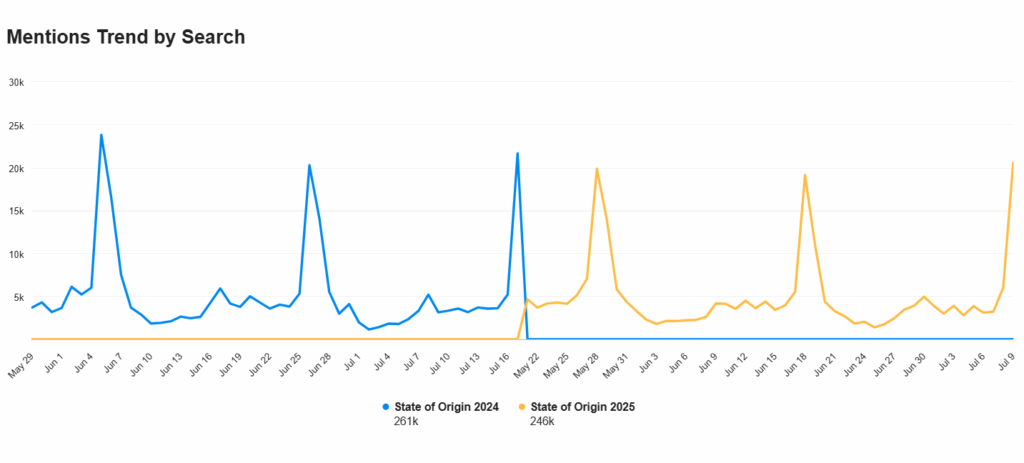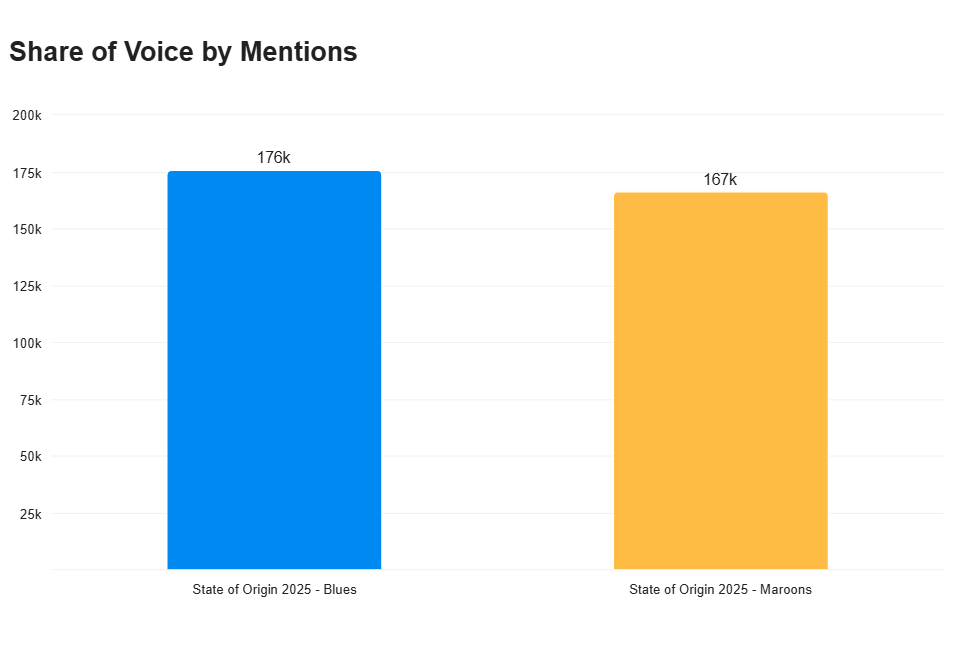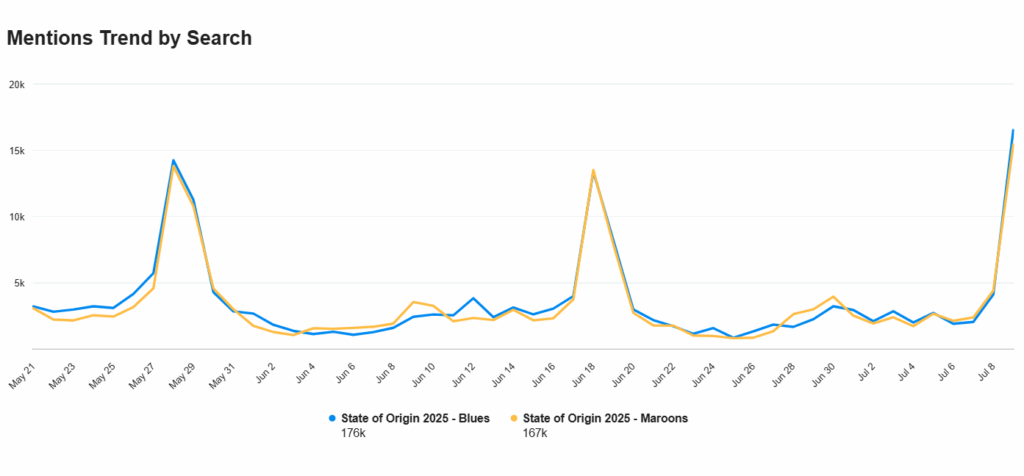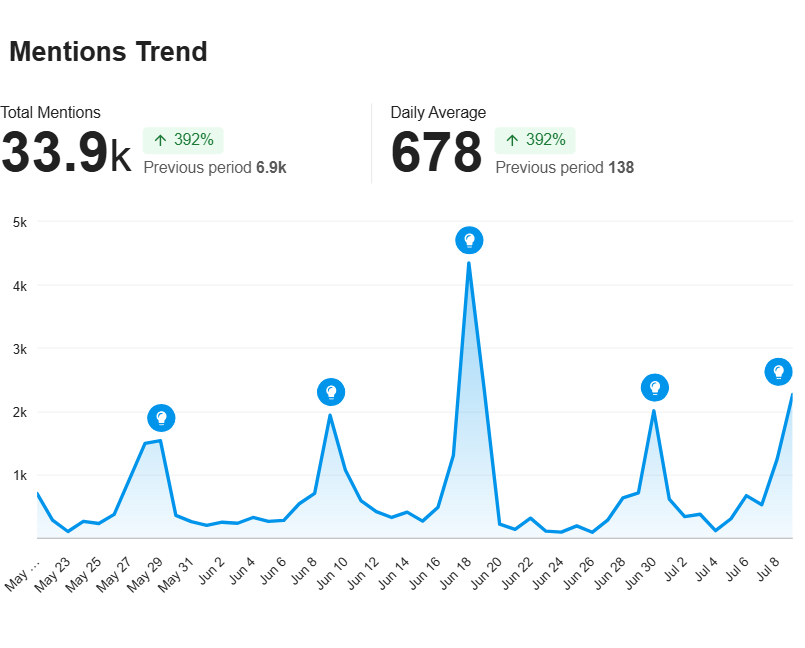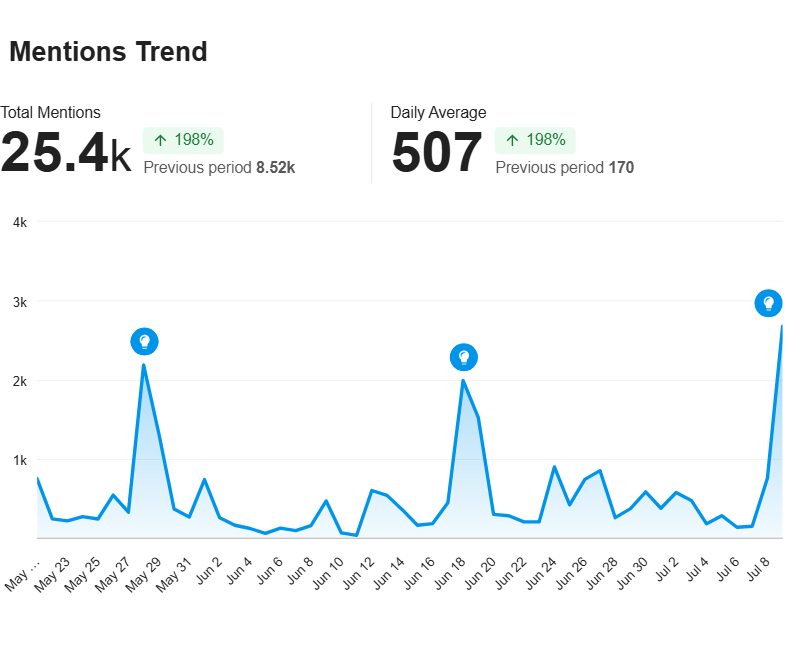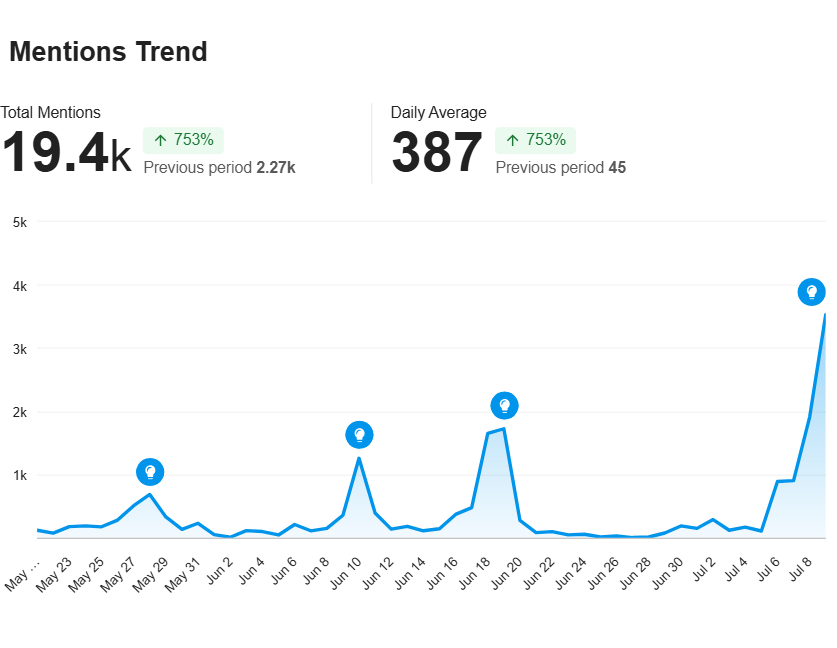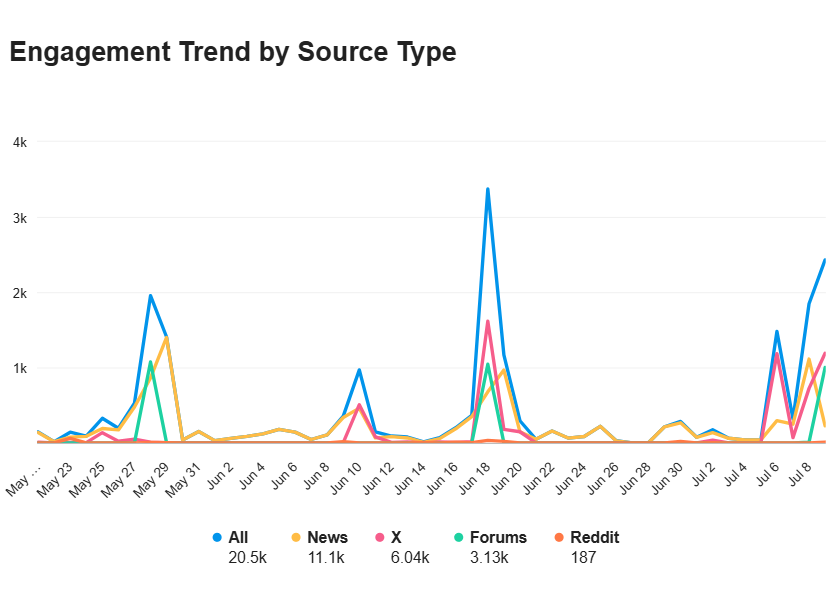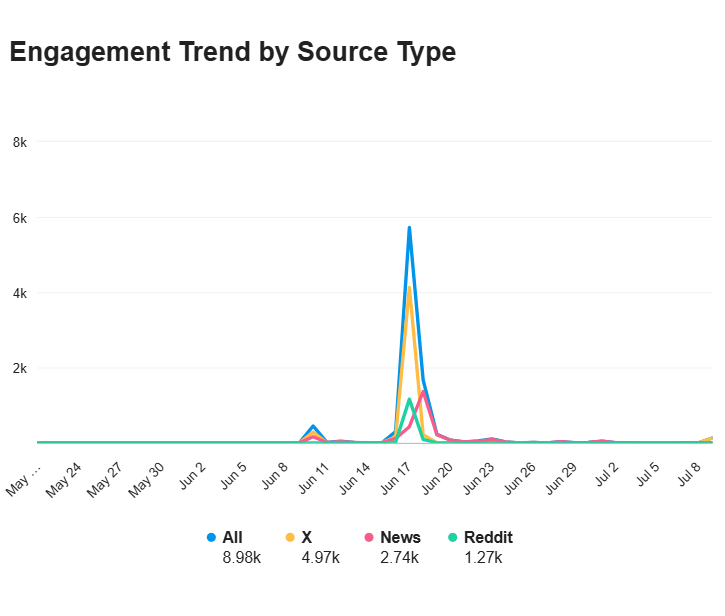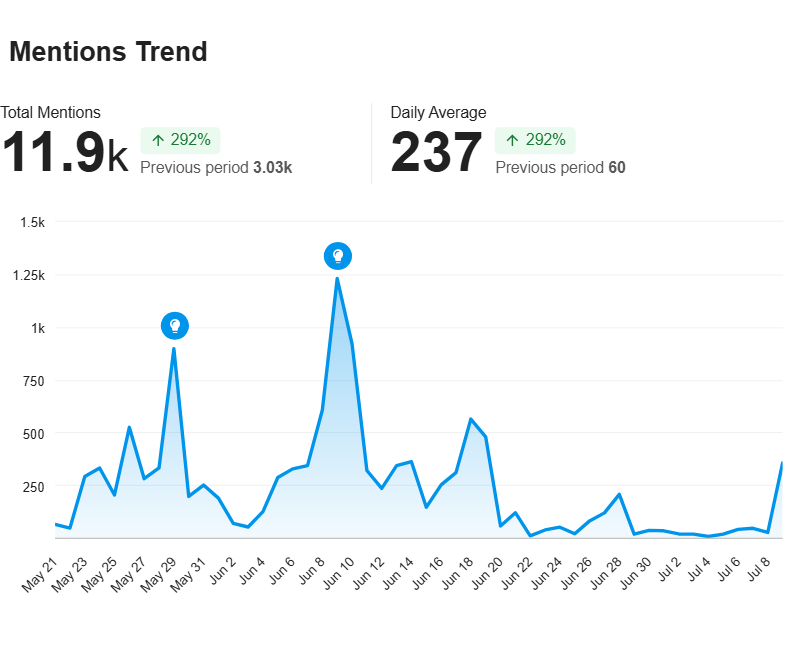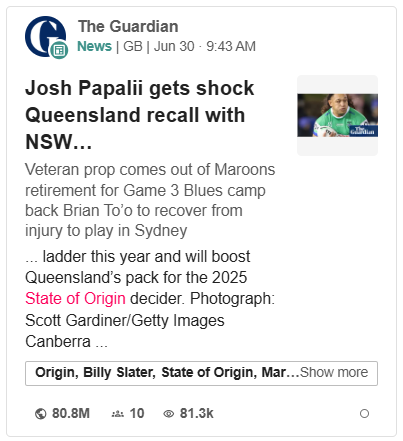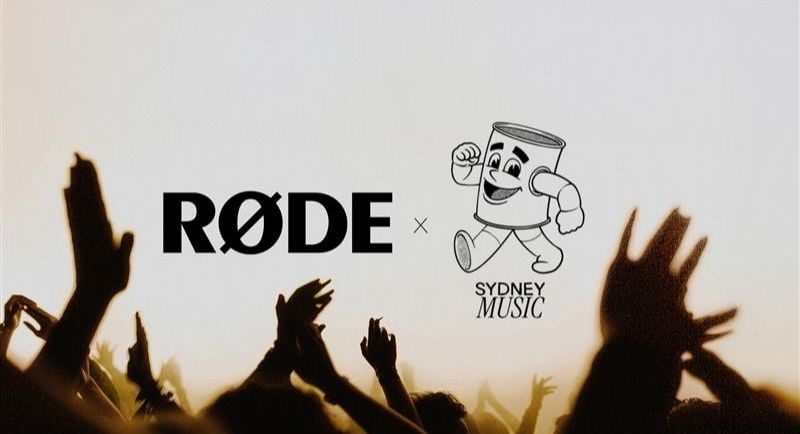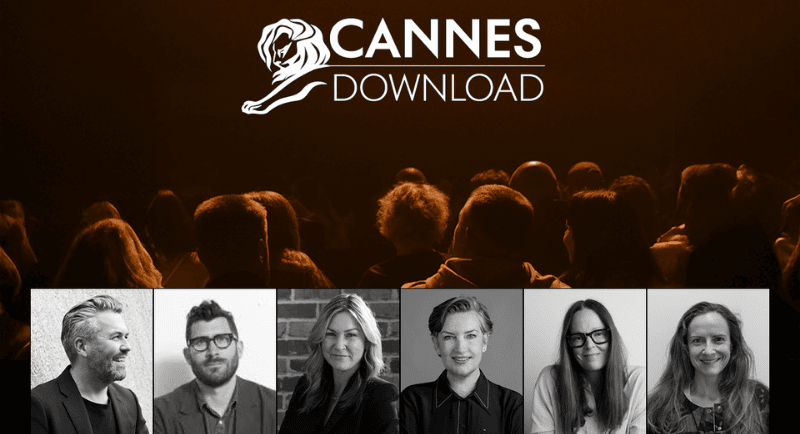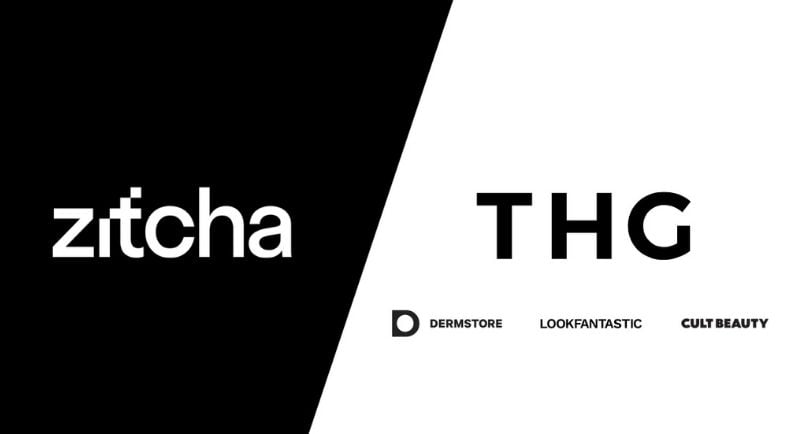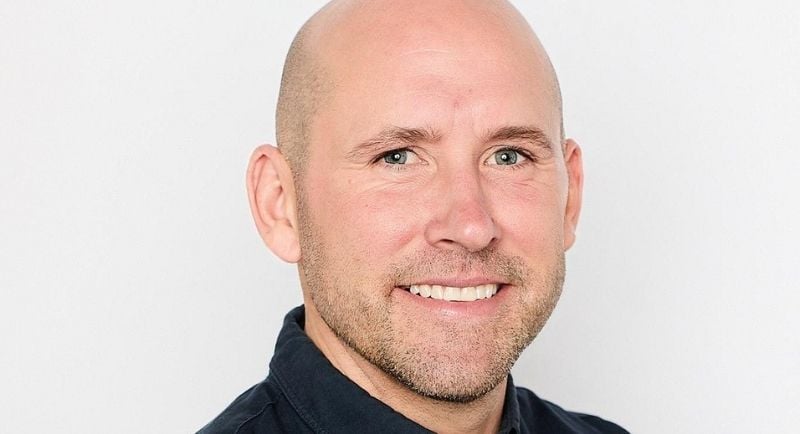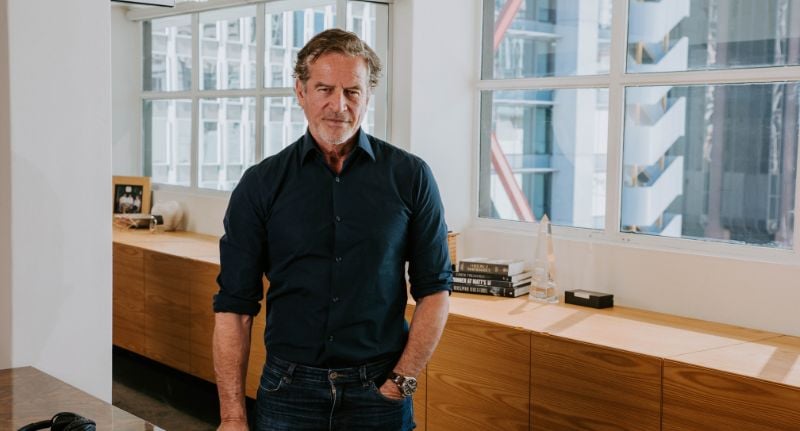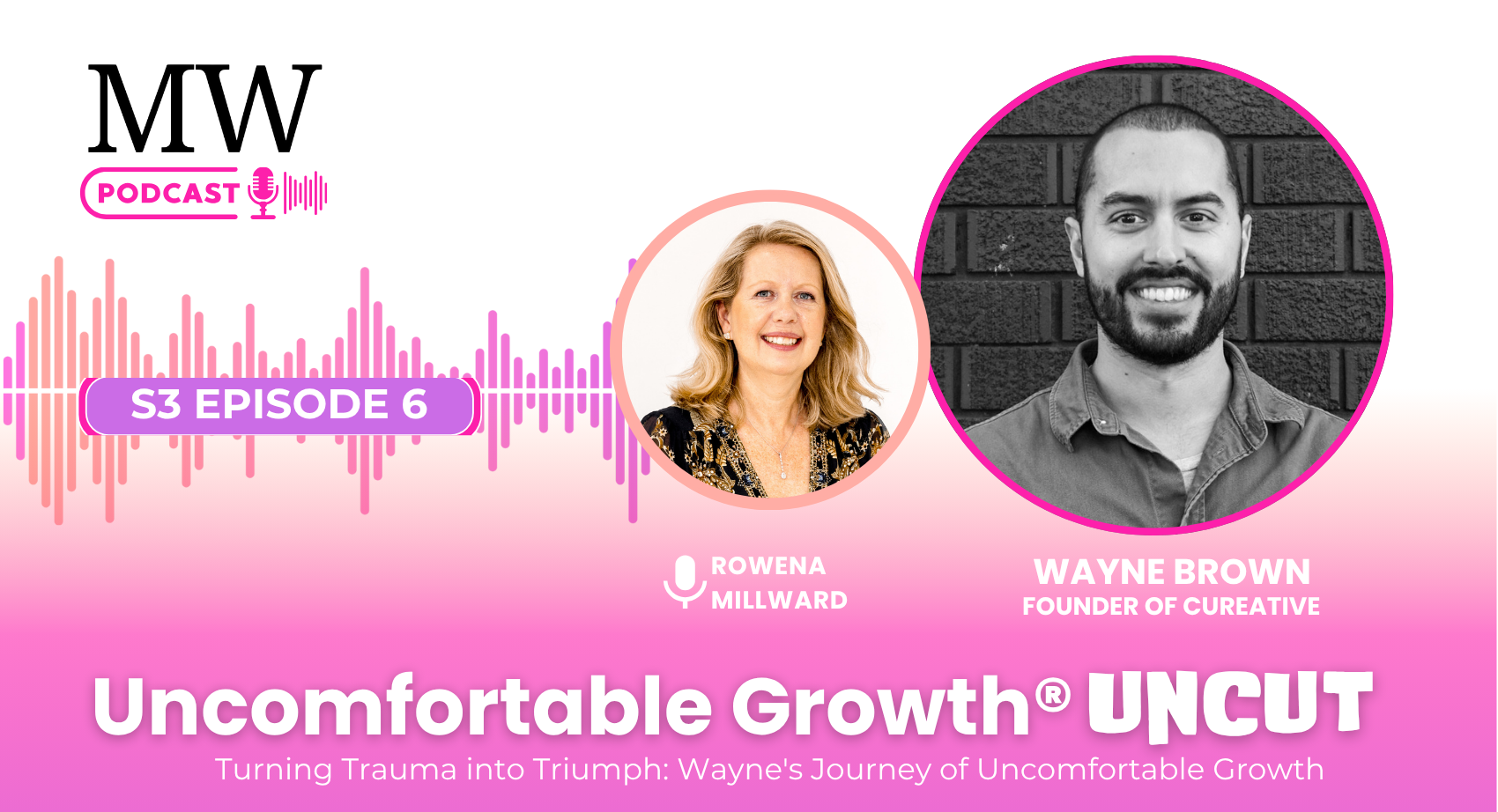By Paul Sinkinson, Managing Director (Australia & Asia), Analytic Partners
In today’s high-pressure marketing environment, few things are guaranteed. Budgets are under scrutiny, channels are multiplying and media effectiveness is harder to pin down than ever.
But amid all this complexity, one truth remains: creativity is still one of the biggest drivers of marketing ROI – and most marketers are underestimating just how much impact it can have.
We’ve been conditioned to obsess over marketing mix models, attribution, optimisation cycles and click-through rates. All of those have a part to play, but the simple truth is no matter how well you target or how precisely you place it, a forgettable ad will still deliver subpar results.
Decades of data show that great creative is one of the most powerful – and often underleveraged – growth levers available to brands. In fact, a recent survey found that in some cases, creative alone can drive up to 70% of a campaign’s ROI. And yet, it’s rarely given the strategic attention or commercial rigor it deserves.
So why aren’t more marketers doubling down on creativity?
The system makes it hard to be bold
Marketers and agencies believe in the power of ideas. That same survey quoted above found that more than three-quarters of marketers and 91% of agencies agree that bold creative is essential to a business’ marketing efforts. But belief doesn’t always translate into action – or approvals.
Approval processes are often described as slow, inconsistent and subjective. According to the survey, less than 30% of agencies say they feel inspired by client briefs, and just 10% of all respondents agree that creative ideas are evaluated against clear criteria.
Meanwhile, the average number of revision rounds has ballooned from three to five in recent years, draining time, budget and energy – and too often resulting in watered-down work that underdelivers.
That kind of inefficiency isn’t just frustrating – it’s commercially costly. It also signals a more conservative mindset – generally the more revisions you get, the more watered down a creative idea is going to be.
Creativity is a business driver
There’s a persistent misconception that great creative is a luxury: something you invest in when the budget allows. But the data tells a different story. Strong creative doesn’t just lift short-term performance – it drives pricing power, brand equity and long-term revenue growth.
We’ve seen this play out time and time again. Take search, for example. As traditional search behaviour evolves – with consumers increasingly turning to platforms like TikTok, Instagram, YouTube and even ChatGPT – the cost and complexity of performance marketing has grown.
But one of the most effective ways to improve your search ROI? Invest in strong brand creative. It generates more branded search traffic, which is cheaper, more effective and more likely to convert.
In tough conditions, when marketers are looking to protect margin or avoid discounting, creativity becomes even more important. We’ve modelled price elasticity for hundreds of brands and found that when a strong brand presence is in market, businesses can raise prices with far less volume loss than those without. That’s not just brand lift – it’s bottom-line resilience.
So how do we make creativity work harder?
One of the best examples comes from a global brand we worked with. In building a full commercial analytics model for McDonald’s, we looked at everything from media investment and product mix to weather and macroeconomic trends. But what stood out most to McDonald’s’ Chris Graham was when we showed them the impact of creative.
Depending on the format, creative can drive up to 70% of potential ROI. But we found that what really moved the needle was the ability to tailor and optimise creative by channel – to match the message to the medium and get smarter about what formats work where.
Over time, this creative and media intelligence helped McDonald’s double its ROI as they stated – not through massive spend increases, but by making the creative work harder across the board.
What marketers can do right now
It’s time to bring creative into the commercial conversation. That doesn’t mean reducing it to a metric or stripping away the magic. It means creating a system where great ideas are not just recognised, but protected and championed.
Here’s where to start:
● Make feedback better, not just louder. Most teams aren’t trained to evaluate ideas objectively. Bring structure to the process with clearer briefs and shared evaluation criteria.
● Simplify approvals. More stakeholders doesn’t always mean better decisions. Streamline who gets a say and focus on speed, not consensus.
● Treat creative like media. Don’t just optimise placement – optimise the message. Different channels demand different executions. Make creative strategy as precise as media strategy. And if you think you don’t have the budget for making creative for a lot of different channels, the good news is your creative is highly unlikely to wear-out – so rather than making another campaign, make this one better by investing more in the one campaign.
● Measure what matters. Build models that can isolate the effect of creative – not just media performance – so you can demonstrate its true value to the business.
Ultimately, creativity is the human engine of marketing – the thing that connects brands to people, products to meaning and investment to outcome. And it’s one of the few tools marketers have that becomes more powerful over time, not less.
So if you want to grow, and I mean really grow, don’t just fight for your budget. Fight for your big ideas. Because as it happens those people that dream big are the ones who also deliver huge results.
Top image: Paul Sinkinson
Keep on top of the most important media, marketing, and agency news each day with the Mediaweek Morning Report – delivered for free every morning to your inbox.



